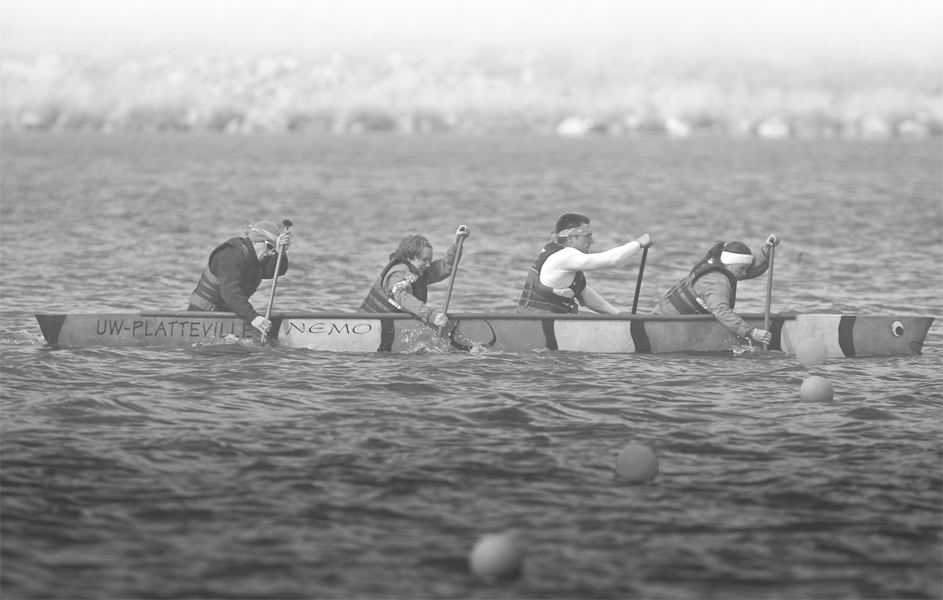Chapter Twenty One
Design II
Chapter Outline
- Introduction
- Construction Engineering: Concrete Mix and Formwork
- Environmental Engineering: Primary Treatment of Wastewater
- Geotechnical Engineering: Floodwalls
- Structural Engineering: Design of Structural Members
- Transportation Engineering: Horizontal Curves
- Outro
Learning Objectives
After reading this chapter, you should be able to:
- Design basic wood formwork for a concrete wall.
- Determine the dimensions of a primary clarifier for wastewater treatment.
- Explain the design principles for floodwalls.
- Design a beam to not exceed allowable stresses.
- Design horizontal curves of a roadway.
Introduction
In Chapter 10, we presented the design process and provided examples of how it is used in the subdisciplines of civil and environmental engineering. In the intervening chapters, we have presented many aspects such as economic, social, and sustainability considerations that are necessary in “real-world” design. In this chapter, we provide you with five design applications that take into account the additional considerations we have presented in Chapters 11 through 19.

Construction Engineering: Concrete Mix and Formwork
Concrete is often incorrectly referred to as “cement.” Cement is the binding agent in concrete, and is made by heating limestone and other materials at very high temperatures in a cement kiln. Concrete is a mixture of cement, ...
Get Introduction to Infrastructure: An Introduction to Civil and Environmental Engineering now with the O’Reilly learning platform.
O’Reilly members experience books, live events, courses curated by job role, and more from O’Reilly and nearly 200 top publishers.

